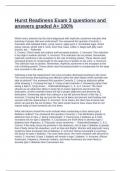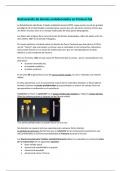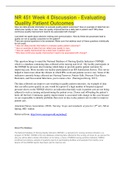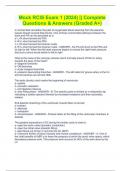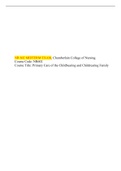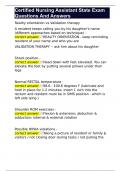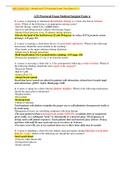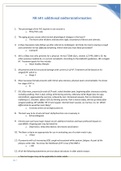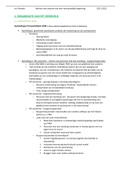Exam (elaborations)
NURS 600 Hurst Readiness Exam 3 Questions and Answers 2023/24
- Module
- Institution
NURS 600 Hurst Readiness Exam 3 Questions and Answers 2023/24 NURS 600 Hurst Readiness Exam 3 Questions and Answers 2023/24 NURS 600 Hurst Readiness Exam 3 Questions and Answers 2023/24
[Show more]
